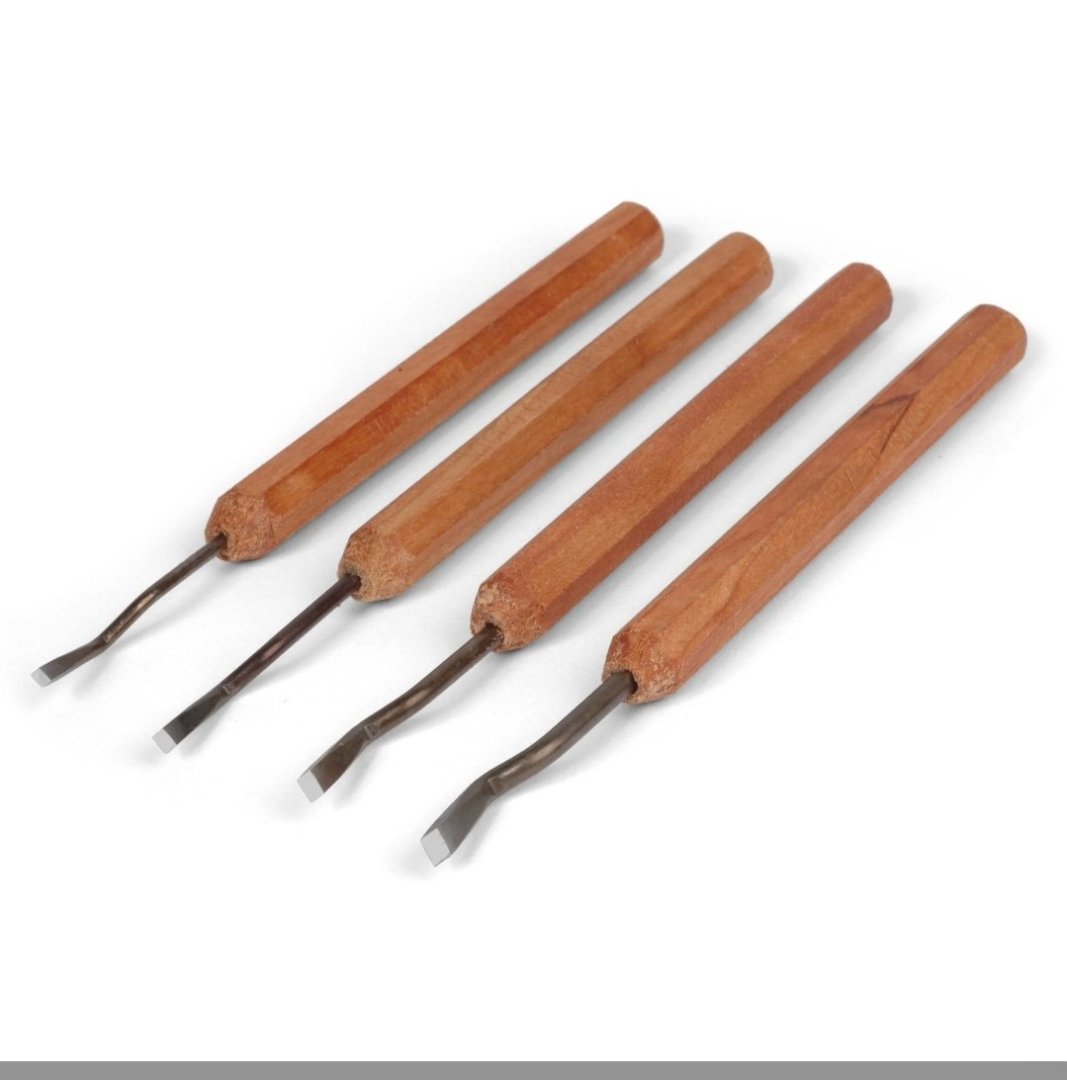-
Posts
1,194 -
Joined
-
Last visited
Content Type
Profiles
Forums
Gallery
Events
Everything posted by CPDDET
-
Welcome! Your off to a great start.
-
Welcome to the forum! Great people here.
-
Two people working on the same model is an interesting concept. I would think it depends on how well you work together when performing other tasks. Perhaps trying it with a smaller model, such as a Pram or Lobster Smack, would be a good test.
-
Welcome! Beautiful models you have there.
-
A warm welcome and a compliment on your first two builds, they look great!
-
Welcome, nice workshop you have there!
-
Nice builds! Welcome aboard.
-
Welcome to the most rewarding and frustrating hobby.
-
Welcome home!
-
Welcome to the forum!
-

Chisel hone guide question
CPDDET replied to CPDDET's topic in Modeling tools and Workshop Equipment
Thanks Toni, I'll check it out. -

Chisel hone guide question
CPDDET replied to CPDDET's topic in Modeling tools and Workshop Equipment
Looks like it could be an attachment for a Tormek -
I have1/4, 1/8 and 1/16 chisels along with the dogleg ones from Stumac. I think I will stick with those for now and hopefully improve with practice. Although a micro plane is definitely in my future. Christmas isn't far off and maybe Santa will be good to me.
-
I considered something similar but thought it would limit me to 45 degree bevels. Seem like I rarely get a 90 or 45 when building my models. But vertais does make a very nice 45 bevel attachment for their plane. Tempting!
-
While sandpaper and files will work, I think they are perhaps the most difficult in attaining a crisp bevel that allows the greatest amount of glue area. Thank you all for some great ideas. I think this is just another task that takes time and practice to develop with sharp hand tools.
-
Wondering how others are cutting chamfers, I'm having a bit of on issue getting smooth flat chamfers at different angles. While I do have a burns saw, it doesn't have a tilt arbor and besides, most the time the pieces I need to chamfer are much to small for that anyway. I suppose some type of jig used with a hand chisel might work but just cant seem to find an easy, reliable method. Anyone have a method their using that works well for them? Dave
-

Chisel hone guide question
CPDDET replied to CPDDET's topic in Modeling tools and Workshop Equipment
Perhaps you could supply more information? Such as manufacturer, availability and so on. -

Chisel hone guide question
CPDDET replied to CPDDET's topic in Modeling tools and Workshop Equipment
Over the years of shaving with a straight razor I have become pretty adapt to honing and stopping a razor. There was, of course, a learning curve but over that time I have acquired the stones and skill to do it. I imagine, with time, a similar skill could be attained with these chisles. Thank you for your thoughts and insights. -
I recently purchased this set of 4 micro chisels from Stumac. I'm very pleased with them and the dogleg shape allows great control. Cutting widths include 2mm, 2.4mm, 2.75mm and 3.25mm But I need to find a honing guide that will work with them. Anyone have ideas?
About us
Modelshipworld - Advancing Ship Modeling through Research
SSL Secured
Your security is important for us so this Website is SSL-Secured
NRG Mailing Address
Nautical Research Guild
237 South Lincoln Street
Westmont IL, 60559-1917
Model Ship World ® and the MSW logo are Registered Trademarks, and belong to the Nautical Research Guild (United States Patent and Trademark Office: No. 6,929,264 & No. 6,929,274, registered Dec. 20, 2022)
Helpful Links
About the NRG
If you enjoy building ship models that are historically accurate as well as beautiful, then The Nautical Research Guild (NRG) is just right for you.
The Guild is a non-profit educational organization whose mission is to “Advance Ship Modeling Through Research”. We provide support to our members in their efforts to raise the quality of their model ships.
The Nautical Research Guild has published our world-renowned quarterly magazine, The Nautical Research Journal, since 1955. The pages of the Journal are full of articles by accomplished ship modelers who show you how they create those exquisite details on their models, and by maritime historians who show you the correct details to build. The Journal is available in both print and digital editions. Go to the NRG web site (www.thenrg.org) to download a complimentary digital copy of the Journal. The NRG also publishes plan sets, books and compilations of back issues of the Journal and the former Ships in Scale and Model Ship Builder magazines.




